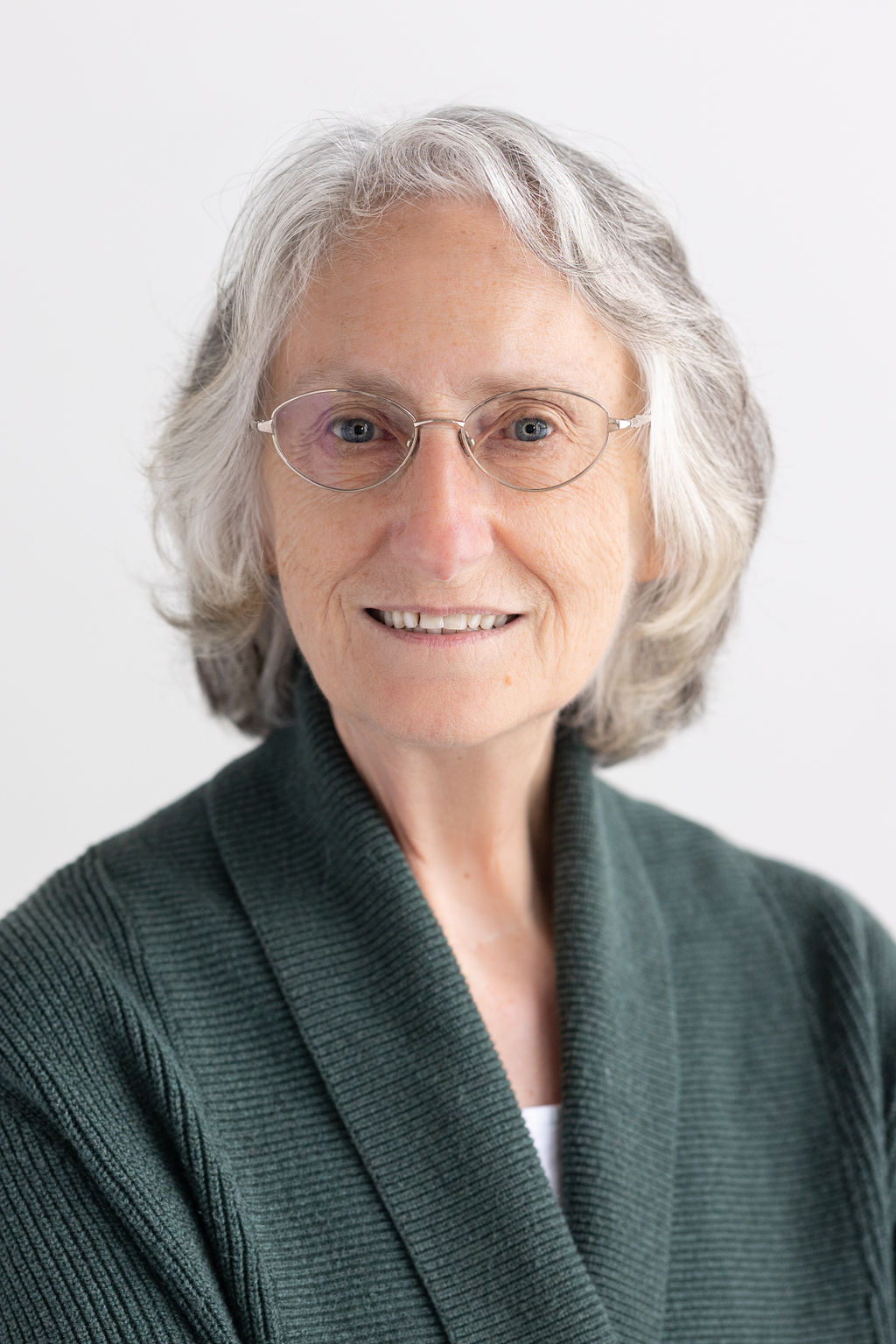
The last time I saw the word “widow” in print, I was working with a word processing program. Widow: the last line of a paragraph left by itself at the top of a page. Not too hard to figure out why that last line left by itself was named “widow.”
I’ve been a widow for twenty-two years and it has occurred to me in recent years that, if I live long enough, I’ll have been a widow longer than I was married. A few years after I lost my husband, I was asked to write an article for an anthology on widowhood. As part of that, I dove into the U.S. Census to discover that, according to the 2000 census, approximately 13 million people were widowed in the U.S. each year. Of that 13 million, 2 million were men and 11 million were women. I’d always “known” empirically that more women were widowed than men, but I’d not realized how disparate the number.
Widow is a strange word, as I discovered on my way through the Oxford English Dictionary. Inherited from Germanic, it’s etymology suggests that the word became wuduwe in Old English and shifted by Middle English to versions like wudewe, wudewa, wuidewis, wodewe, wodow, and others. You can see how it evolved to widow. If you look at its cognates in Old Frisian and Dutch and Saxon and German, similarities are clear. All of the English versions relate back to the lesser-known word, viduity, “the state of being or remaining a widow; the time during which a woman is a widow; widowhood.”
The word has also been applied in a variety of ways, not just to a woman bereft of her partner. A widow’s walk, high on houses near the sea, allowed a woman to climb up and watch the sea to find out if her mate would return.
A widow’s peak refers to the shape of a hairline, how it dips in a V-shape on the forehead. What does this have to do with a widow? Mythology. A widow’s peak forecast an early widowhood (not true).
Then there’s widow’s mite. You can find the lesson of the widow’s mite or the widow’s offering in the Synoptic Gospels (Matthew, Mark, Luke), where Jesus teaches at the Temple in Jerusalem. The Gospel of Mark specifies that two mites are together worth a quadrans, the smallest Roman coin. You can imagine the value of the mite, the lowest of the low.
I also discovered the term “widowmaker heart attack.” The technical description explains that the left anterior descending (LAD) artery, which supplies blood to the larger, front part of the heart, is blocked at its origin. Since this artery delivers a lot of blood to your heart, the term widowmaker has been applied. It’s essentially fatal.
But we widows live on, often for a long time. I think of us as a silent majority. Widows know what it is to be “one” not “two.” Life in our culture goes in twos. Couples at the dinner table. Invitations “and guest” which implies a partner of some sort. We learn quickly that our role is now “other,” “separate,” preferably “invisible.” We are included on sufferance.
Studies have shown that if a man is widowed, he has his own family and his late wife’s family as well, as they gather round in sympathy, but if a woman is widowed, she has her own family but her late partner’s family tends to drift away. Other women, glad not to be widowed themselves, often avoid. “One.” Truly.
People don’t even know how to address us in modern days. “Mrs.” is for a widow, but feminists brought in “Ms.” and people don’t know which is wanted by the widow herself. Did she change her name to her partner’s? If so, has she kept it? What surname is correct?
Regardless of the evolution of the word, its application to other conditions/situations, and the vagaries of modern day living, widows have been around a long time. There are more of us than people realize. We need to find each other. Change “one” to “many.”
